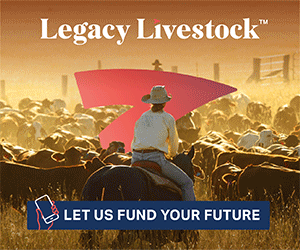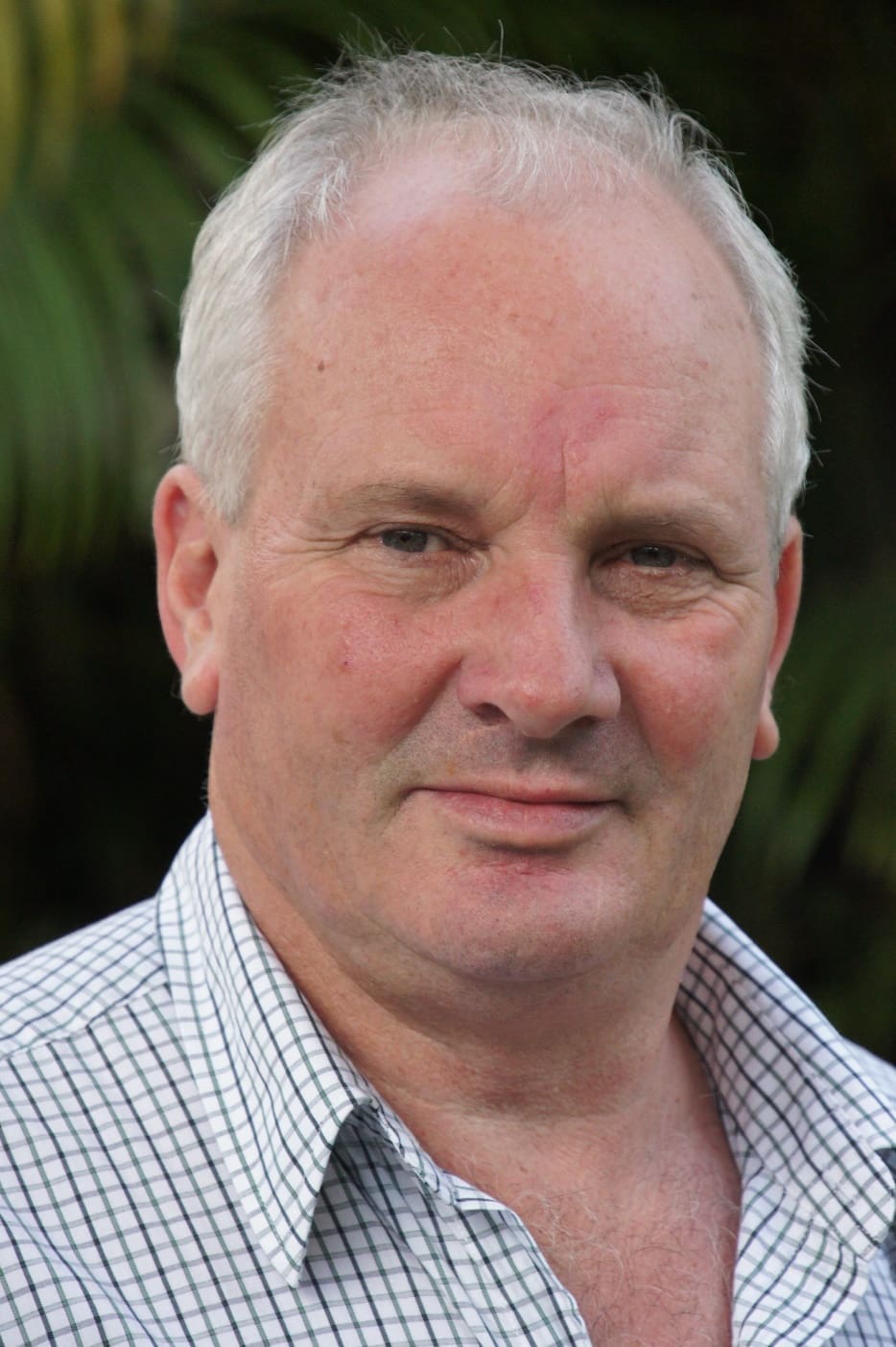IMPROVING the beef genetics of non-replacement dairy calves has been attracting some significant investment in recent times, with sustainability and a more reliable supply of cattle on the agenda.
Internationally, the beef on dairy trend is in full swing with United States agricultural news website Drovers recently describing it as “arguably the most significant advancement for the U.S. beef industry in a generation”. Europe has also been working on it for many years.
McDonald’s is one of the country’s largest buyers of beef globally and is investing in local pilots being led by its beef procurement supplier, Fulton Market Group.
FMG strategic sourcing manager Andrew Ralph said it was a good way to add value for both the dairy and beef industries.
“Beef on dairy brings resiliency and sustainability, as well as strengthening assured supply to our beef supply chain,” Mr Ralph said.
“Improving supply chain resiliency is the reason McDonald’s and FMG invested into beef on dairy.”
Over the past year FMG has been developing blueprints for dairy farmers to better select beef genetics in non-replacement cattle to have them perform well in beef supply chains.
 “We have cattle in various pathways growing out – from grassfed through to 100pc grain-fed. Some are growing out now and some will be born later in the year,” Mr Ralph said.
“We have cattle in various pathways growing out – from grassfed through to 100pc grain-fed. Some are growing out now and some will be born later in the year,” Mr Ralph said.
“At the end of the pilot, we hope to be able to give a series of blueprints to dairy farmers for viable grow-out options that best suits their individual operations and aspirations.
Mr Ralph said the initial results of the beef on dairy trials were positive with grown out cattle hitting target market specifications for premium export branded programs. He said achieving scale will be reliant on expanded infrastructure to grow out non-replacement cattle.
“Dairy farmers are very good at rearing replacement heifers, because they need to make sure they perform at their optimum when they enter the milking herd,” he said.
“But if you can get beef genetics of non-replacement dairy calves right and set them up for success through gold standard colostrum delivery and management practices, the calves will undoubtedly perform to a high level in beef supply chains.”
Mr Ralph said there were plenty of options for surplus dairy calves.
“At seven-to-ten-days-old the calves can go from the dairy farm to a calf rearer and enter the beef supply chain that way, or the dairy farmer can grow them out for backgrounder or feedlot,” he said.
“The exciting prospect is highly consistent lines of beef on dairy calves from using sires selected specifically to optimize the genetic merits of both beef and dairy traits.”
Opportunities for beef producers
Beef on dairy created plenty of discussion at the Angus Australia conference in Tamworth earlier this year as many spoke about the opportunity get Angus genetics into dairy herds.
Beef Central understands Angus Australia is investigating the possibility of creating a beef-on-dairy indicator, but it is only in the consultation phase.
Mr Ralph said collaboration between beef and dairy industries had a lot of benefits.
“Recently with the herd rebuild, we saw a bit of value in those dairy calves. But now with the market dropping it has been quick to go back to the old practices,” he said.
“It emphasises the importance of building sustainable collaborative beef on dairy supply chains that deliver value for non-replacement dairy calves, builds long term resilience for the beef and dairy industries, and strengthens assured supply to our beef supply chain.”
Dr Sarah Bolton started this year with Southern Australian meat processor Greenham after doing a PhD about beef-on-dairy.
“Surplus animals from the dairy herd have always gone into the beef supply chain, as bobby calves or cull cows, and we have an opportunity to increase the value of this trade for both the beef and dairy industries,” Dr Bolton said.
“For the beef industry, there is an opportunity with these beef-on-dairy calves from a low carbon perspective and an opportunity for producers to source cattle without the need for capital investment in a breeder herd.”
Processors favouring consistency of supply
Greenham owns three processing plants in the middle of some of Australia’s biggest dairy producing areas – including Tasmania, Northern Victoria and Gippsland.
The company piloted its dairy beef program for two years in Tasmania before expanding the program to the mainland earlier this year. The aim is to raise animals accredited for in its “NEVER EVER” program – which includes no hormones, no feedlots, no antibiotics and lifetime traceability.
While dairy farmers have been using beef bulls to produce surplus calves for a long time, Dr Bolton said the main shift has been towards more strategic selection of beef sires.
“Dairy animals often have good marbling and eating quality can be high, but they fall down in the growth and the carcase conformation areas,” she said.
“Where we are working with dairy farmers, is to keep their priority of choosing beef bulls with high calving and short gestation length in addition to having sires with higher EBV’s for growth and other attributes like eye muscle area and carcase weight.”
Dr Bolton said beef procurement was one of the big reasons processors were showing interest.
“At a global level, there are many processors who are turning to beef-on-dairy from a consistency of supply perspective,” she said.
“The global dairy herd is a lot more consistent in numbers. So, rather than having so many peaks and troughs in cattle supply, we can work with dairy farms to have more consistency and have more forward visibility of supply.
“If bred well, fed well and managed well these animals can line up with the best of beef cohorts.”
Carbon benefits with beef on dairy
Carbon accounting is another reason companies have targeted beef-on-dairy programs. The basic idea is that producing two products, milk and beef, is more efficient.
“The International Dairy Federation has a carbon accounting methodology, which stipulates that 85pc of the dairy cows’ emissions are to attributed her milk and 15pc to her calf,” Dr Bolton said.
“A beef calf starts life with 100pc of the dam’s emissions attributed to it and a beef-on-dairy calf starts with only 15pc – so in a handicap cap race the beef-on-dairy calf starts with a big advantage.
“A lot can happen downstream from there, we know that methane emissions are proportionate to dry-matter intake, so maintaining a focus on genetics and nutritional management for optimal feed conversion and growth is vital. But at a global level, we see beef from the dairy herd as a way of sourcing low emissions beef.”
Straight Holsteins also showing beef potential
Well-known meat scientist and eating quality expert Rod Polkinghorne has also been running an elaborate feeding program for surplus dairy calves – mostly using Pure Holsteins.
Mr Polkinghorne said he had been keenly watching the development of dairy beef for many years and eventually came across an Irish meat company that was feeding 10,000 head of Holstein cattle.
“They showed me some of the cattle in Wales and they just didn’t look like Holsetin, hanging up you would not be able to separate them from a beef-breed carcase,” he said.
He has since started a feeding and calf rearing program in Australia, using milk powder formulation from Spain and ration premixes that are a critical performance without ionophores, antibiotics or HGP use.
“We can’t import any milk products so the milk is made on contract locally to the Spanish formula. We import three different premixes representing different growth stages which are mixed with local commodities. The rations formulation is a collaborative effort between our feed company and the Spanish nutritionists,” he said.
“They are spitting out some nice carcases, well yielding for dairy cattle, reasonable marbling and they are young. From an MSA perspective young, fat and happy is always a plus and they don’t have any antibiotics.
“From a market perspective, you would still need to sell them at a premium because the cost of feeding them is quite high.”
Mr Polkinghorne said he also had some beef/dairy crosses on feed, but it was too early to make a comparison between the two.
“On the original stuff we did with the straight Holsteins we certainly didn’t see a big difference in the animals,” he said.
“But the trick with a Holstein is that you really need to feed them, because if you give them half enough, they will just keep growing without getting fat.”
Dr Polkinghorne said there was potential for dairies to use sexed semen to produce males.



This has been happening for more than 30 years to my knowledge. It’s not new at all and it’s actually funny that the beef lobby is now getting on board.
Fleckvieh.
Two birds one stone.
The Dairy farmers around Tatura, Vic. have been using Murray Grey Bulls for years over their dairy herds, for the very same reason and results I’m reading here.
* Growth Hormones have been banned for 20 years. why is it still a topic?
I met Rod Polkinghorne, many years ago.
There is no ban on the use of hormonal growth promotants in mainland Australia, Marilyn. They are in fact widely used in feedlot programs, and some grass-finishing programs. Certain brand managers choose to develop programs that don’t use them. Editor
Anything to help increase cash flow/profits in the dairy industry.